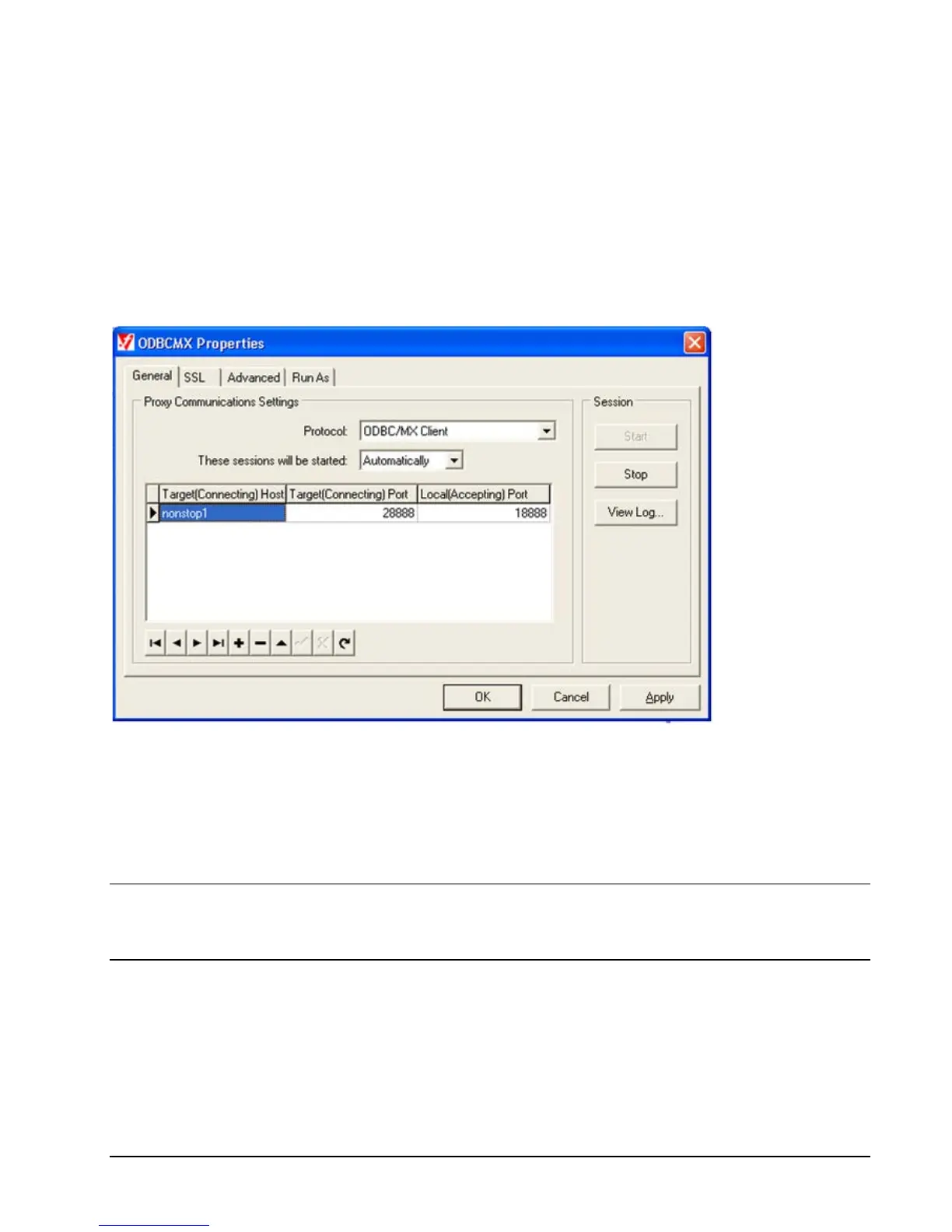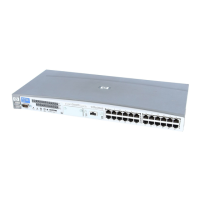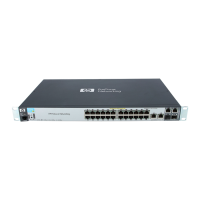HP NonStop SSL Reference Manual Remote SSL Proxy • 113
• "New" to add a sessions
• "Delete" to delete a session
• "Properties" to configure a session
Right-clicking on a session will bring up a context menu, which also allows you to start or stop a session.
The Session Properties Window
Using the "Properties" button or double-clicking on a session entry in will bring up the session properties dialog for the
selected session:
The table in the middle of the "General" tab of the session properties configuration allows configuring multiple proxy
instances of the same protocol with the same or with different Target Hosts. Please note, that only the first session is
being displayed in the main configuration screen (see previous chapter). Editing, navigating, adding or removing
sessions is done using the buttons below the table.
Please note, that the instances configured in the table above cannot be started and stopped separately. If this is required,
they need to be configured as separate sessions (i.e. using the NEW button in the configuration main window for each
separate session).
Note: RemoteProxy uses a Java Virtual Machine (JVM) to execute proxy sessions. Each proxy session is executed in a
separate JVM instance whereas multiple proxy session instances configured for a single proxy session are all executed
within the same JVM. Configuring multiple proxy instances rather than separate proxy sessions may lead to a
performance advantage.
The "SSL" tab allows you to configure SSL-related parameters. If the RemoteProxy acts as a client for the configured
session, then in this tab the checking of the Root Certificate Authority can be enabled. If the "Enable Root Certificate
Authority Checking" is enabled, the expected fingerprint of the Root Certificate (i.e. the certificate received from the
server to which the RemoteProxy connects for this session) must be entered into the field "Certificate Fingerprint". The
fingerprint must be derived from the Root Certificate separately and calculated using the MD5 algorithm.

